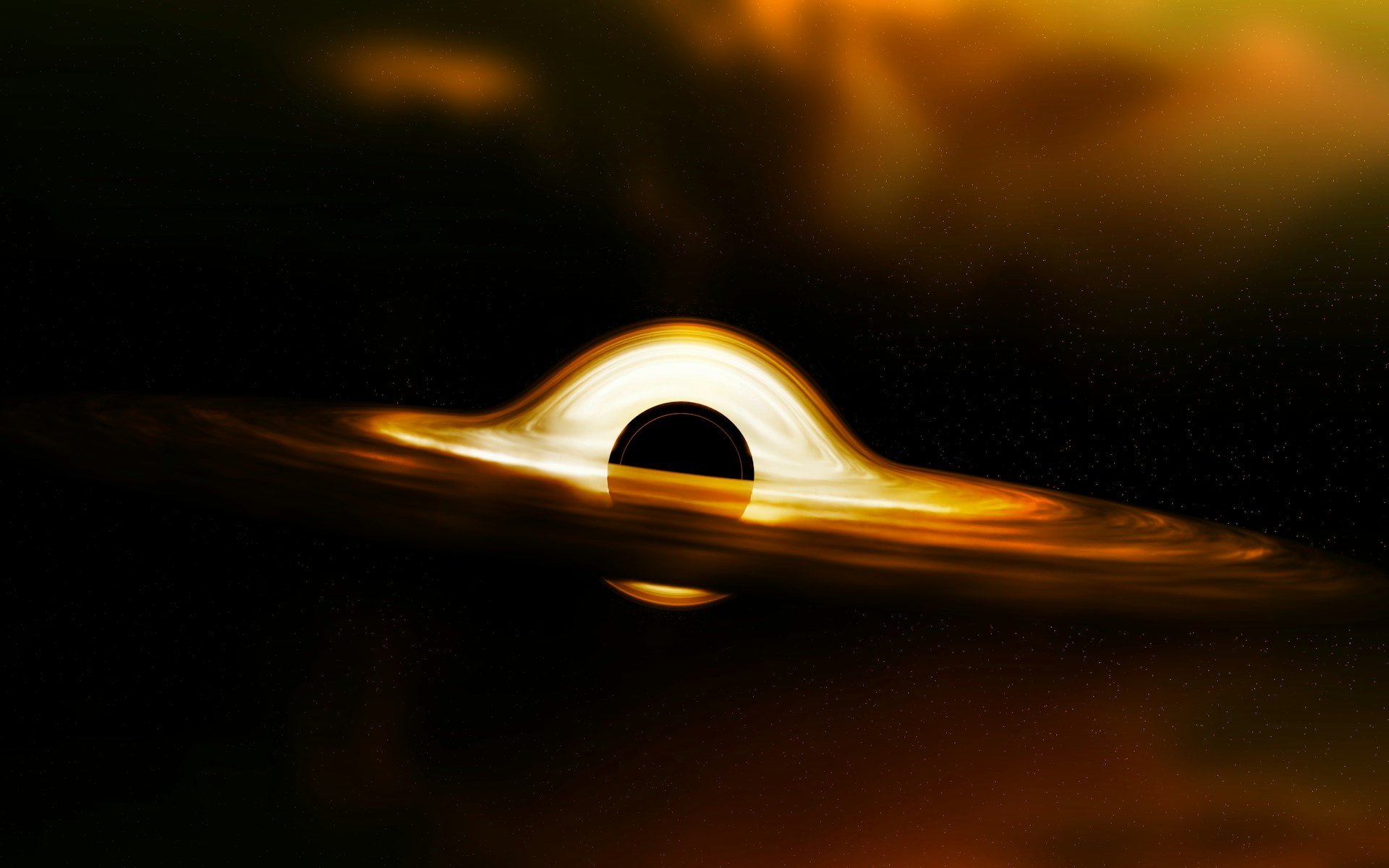
Photo: BoliviaInteligente from Unsplash
.
A team of Filipino scientists has made significant strides in improving the detection of gravitational waves. These are the ripples in spacetime predicted by Albert Einstein. Dr. Reinabelle Reyes and Marco Immanuel Rivera from the University of the Philippines Diliman have identified a set of factors. These criteria enhance the analysis of signals from the upcoming Laser Interferometer Space Antenna (LISA) mission.
Gravitational waves, produced by the collision of massive celestial objects, offer a unique window into the universe. LISA, set to launch in the 2030s, has the goal of detecting these waves. It focuses on extreme-mass ratio inspirals (EMRIs), where a compact object orbits a supermassive black hole.
Nevertheless, the environment surrounding these events can significantly affect the gravitational wave signals. By understanding these effects, scientists can better filter out noise and extract valuable information about the cosmic environment.
Dr. Reyes and Rivera’s study focused on three environmental factors: accretion, gravitational drag, and gravitational pull. They used the Fisher matrix, which is a mathematical tool for evaluating the accuracy of measurements. They determined the most measurable parameter combination. They also estimated its precision.
Their findings are a crucial step towards optimizing LISA’s detection capabilities and unlocking the secrets of the universe. Gravitational wave astronomy is advancing. This research provides insights that lead to new discoveries. It also results in a deeper understanding of our cosmos.



